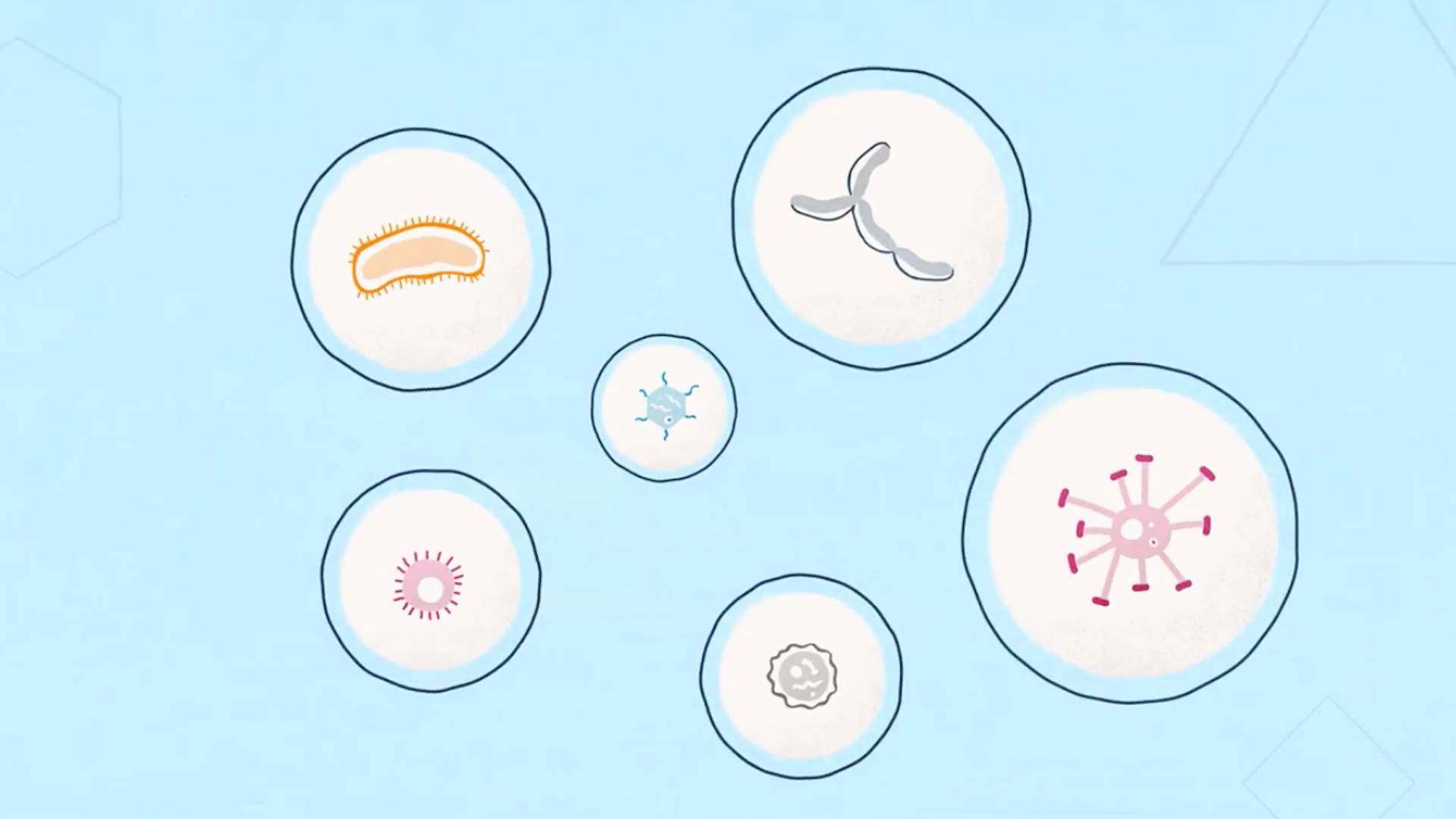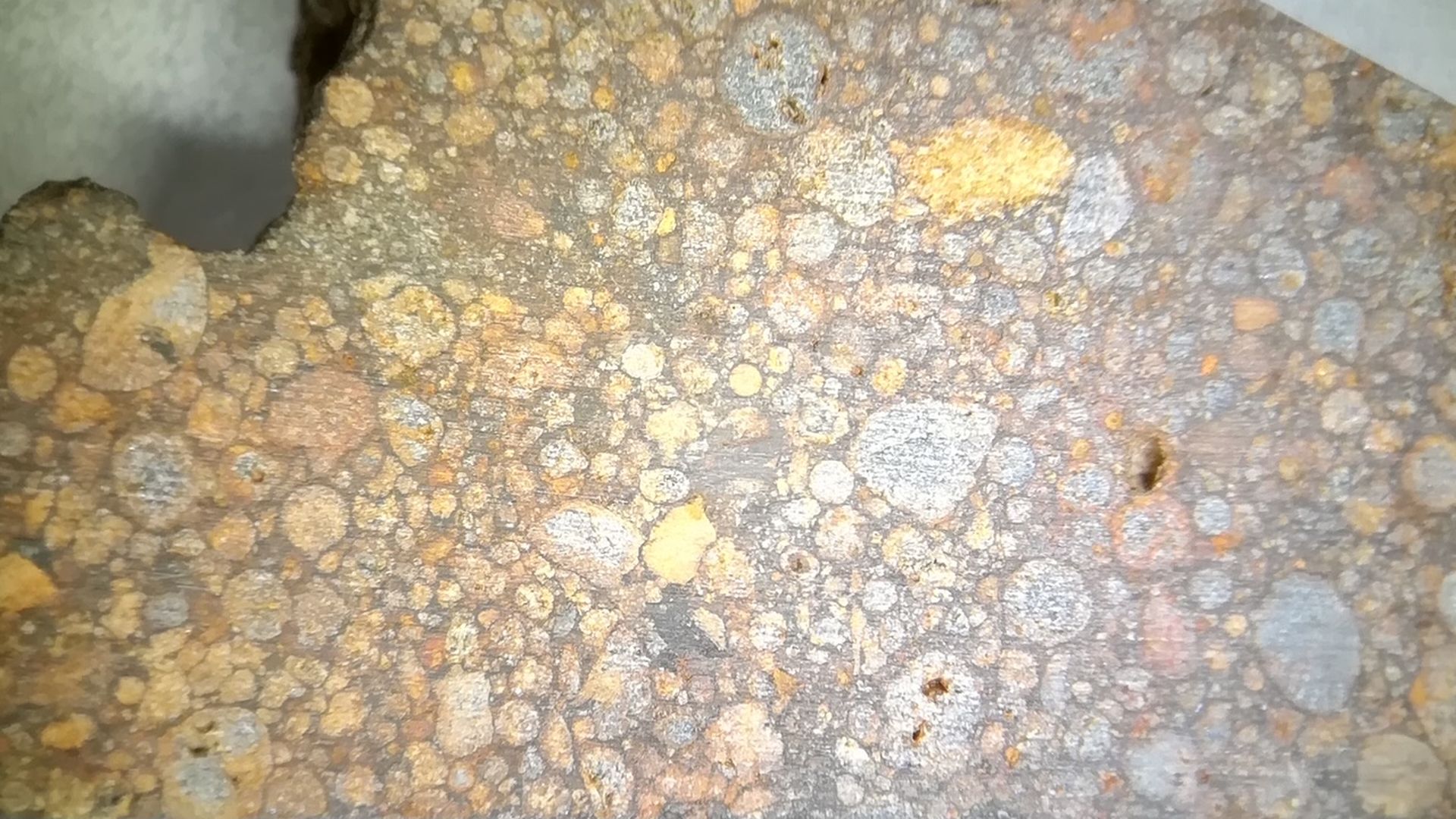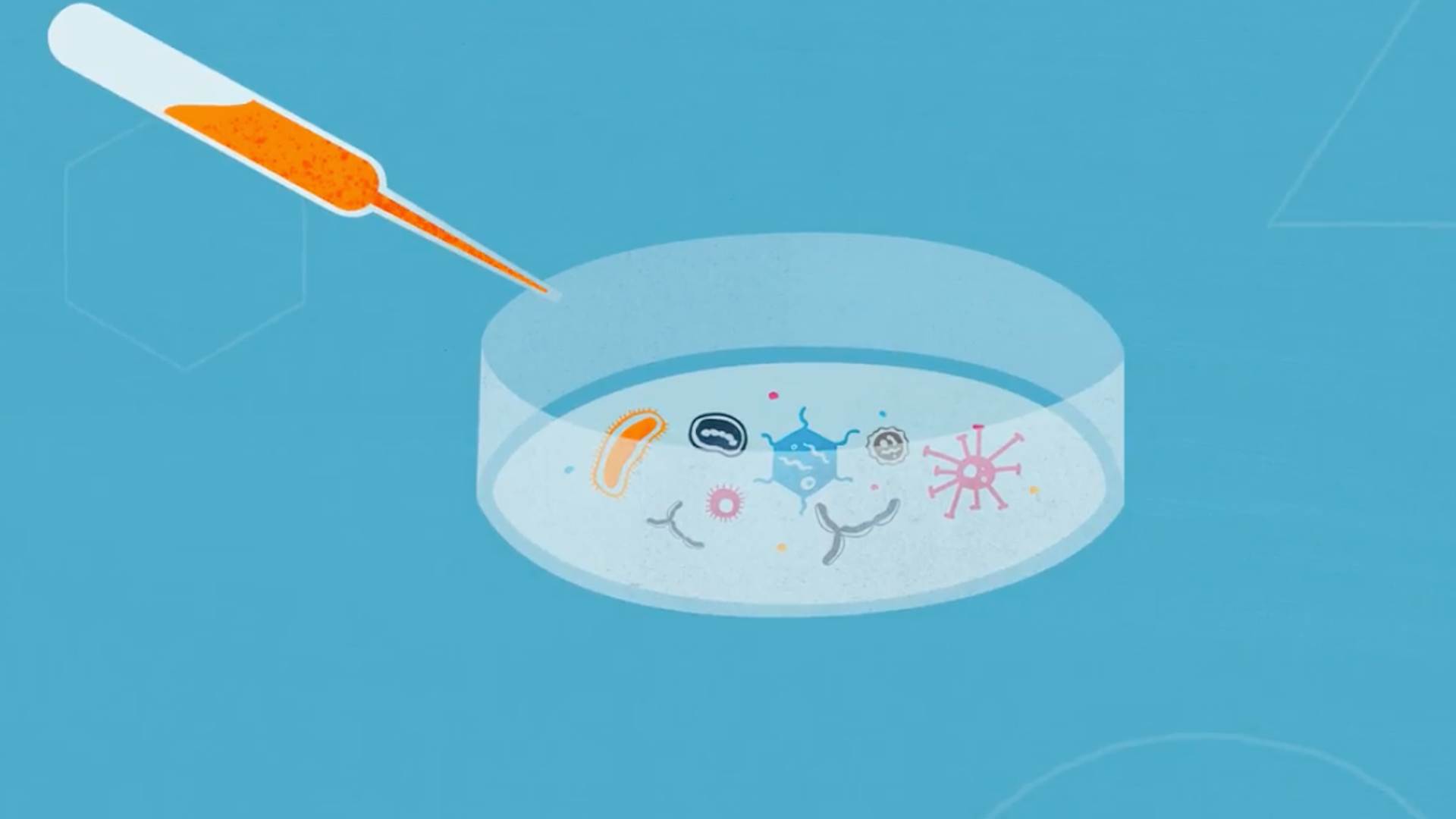| | | | | | | Presented By PhRMA | | | | Axios Science | | By Alison Snyder · Sep 29, 2022 | | Welcome back to Axios Science. This week's newsletter is 1798 words, about a 7-minute read. | | | | | | 1 big thing: New competition for faster, cheaper DNA sequencing |  | | | Illustration: Aïda Amer/Axios | | | | Competition is intensifying in the DNA sequencing industry, which has long been dominated by sequencing behemoth Illumina. Driving the news: Illumina, which has an estimated 80% share of the global gene sequencing market, unveiled a new line of instruments today that it says will cut the cost of genome sequencing — the latest in a flurry of announcements from an industry in pursuit of faster and cheaper offerings. What they're saying: "It's Illumina's response to the competition," says Jay Shendure, a professor of genome sciences at the University of Washington. - Element Biosciences, a startup with a benchtop sequencer already on the market, announced updated specifications this week that CEO Molly He says will support its market play to offer researchers high-quality genome sequencing faster.
- Earlier this year, another startup, Ultima Genomics, said it would start to ship a sequencer that can generate a genome for $100 next year.
Why it matters: DNA sequencing powers research in biology and medicine. It enables doctors to monitor for cancer recurrence, epidemiologists to track COVID case levels, and vaccine developers to know their targets. It's also a critical tool for researchers trying to deliver on the promise of medical care that detects disease earlier and tailors treatments. - All of those applications and aspirations are pushing the industry to offer less expensive, faster and more accurate sequencing.
- "It's the way we measure things in biology," Shendure says. "For a lot of science, [the cost of sequencing] is like the price of gas."
- And the cost — about $600 to sequence a human genome today, according to Illumina — is still limiting for many projects and goals. "It's something a large fraction of the community needs and when someone comes along and says it will significantly cut the price of gas, it is a big deal," he says.
Details: Illumina says its new sequencers, NovaSeq X and NovaSeq X Plus, are twice as fast as the existing NovaSeq sequencer that is widely used across industry and academic institutions. - The roughly $1 million sequencers, which will begin to be shipped in 2023, can sequence a human genome for less than $240 — the company's "biggest step forward" in its chemistry since first launching a sequencer 17 years ago, Illumina CEO Francis deSouza told me earlier this year. Sequencing a human genome cost $100 million 21 years ago.
- Worth noting: Generating and analyzing sequencing data leaves a hefty carbon footprint. Illumina says the new sequencers use less plastic and packaging, and can be shipped outside the cold chain.
The impact: Less expensive genome sequencing could enable many more genomes to be sequenced and could help address a lack of diversity in genetic datasets, an issue that currently leads to limited understanding and treatment of diseases. - On the other end of the spectrum, samples could be sequenced multiple times in search of rare genetic variants involved in cancer.
Answering different questions in science and medicine will call for different requirements for the speed and accuracy of sequencing, Shendure says. - Different companies are emerging to occupy these needs and niches — and to give researchers and clinicians options other than Illumina.
- Researchers who don't have large numbers of samples to be sequenced can have to wait for them to be processed alongside other samples. He, of Element, says scientists "can get this economy on our instrument." She says the company will deliver three genomes for $1,680.
Read the rest. |     | | | | | | 2. Hurricane Ian's climate warning |  Data: National Oceanic and Atmospheric Administration; Note: Category 5 intensity begins at 157 mph; Chart: Madison Dong/Axios Visuals It used to be rare for storms to keep strengthening until landfall, let alone do so rapidly. Now it is not — and studies show this is a dangerous sign of climate change, Axios' Andrew Freedman writes. Driving the news: Hurricane forecasters' worst nightmare came true on Wednesday morning, when what had been a Category 3 storm Tuesday night suddenly jumped almost to Category 5. The big picture: Such an intensity leap was made possible by warm ocean temperatures and abundant atmospheric moisture — both factors that climate change enhances. - During the past several years, there have been multiple storms that rapidly intensified as they neared the Gulf Coast and did so through landfall.
- Previously, tropical storms and hurricanes tended to weaken as they neared the northern Gulf Coast in particular, falling victim to cooler waters or stronger jet stream winds.
- But that did not happen with Hurricanes Laura or Ida in 2020 and 2021 — or with Hurricane Michael, which ramped all the way up to a Category 5 storm in the Florida Panhandle in 2018.
Between the lines: The trends seen in the past several years, together with studies of how hurricanes are changing in a warming world, point to human-caused climate change playing a key role. - Warm, tropical waters are the main source of fuel for hurricanes, and the oceans are absorbing about 93% of the extra heat going into the climate system from human-caused emissions of greenhouse gases.
- Air temperatures are also increasing, and when that happens, the air can hold more water vapor. This is helping to make hurricanes wetter than they used to be.
- A 2020 study published in the Proceedings of the National Academy of Sciences found that tropical cyclones are now more likely to reach higher categories across much of the globe, including the Atlantic.
- In addition, a 2019 paper in the journal Nature Communications found a trend in Atlantic hurricanes toward more rapid intensifiers during the 1982-2009 period. Computer modeling showed it was unlikely this was caused by natural climate fluctuations alone.
Yes, but: While forecasters have made great strides in predicting storm tracks several days in advance (though the Ian track forecast was more uncertain than most), intensity forecasts have been stuck. |     | | | | | | 3. The asteroid threat gets real |  | | | Illustration: Allie Carl/Axios | | | | Scientists say it's time to take the threats posed by asteroids seriously and prepare for the possibility that one could be found on a collision course with Earth, Axios' Miriam Kramer writes. Why it matters: Asteroid strikes are rare, but the danger posed by even a relatively small one impacting Earth over a populated area could be serious, and it might be harder to spot these hazardous space rocks in the future. - Scientists are keeping tabs on thousands of asteroids with orbits known to bring them close to Earth's path around the Sun, but they still don't have the tools they need to find all of the possibly dangerous asteroids nearby.
Driving the news: NASA slammed a spacecraft into an asteroid on Monday in a bid to change its orbit and test the technology needed to one day redirect an asteroid found on a collision course with Earth. - It's not yet clear whether the impact changed the course of the asteroid moonlet circling a larger asteroid, but follow-up observations over the coming weeks will reveal how successful the test was.
- If a large asteroid is one day found to threaten our planet, NASA says the data gathered by this mission — called the Double Asteroid Redirection Test — should help them to scale up the tech to throw that space rock off course.
How it works: Scientists use a variety of telescopes to discover asteroids and other near-Earth objects (NEOs) and then track their orbits around the Sun. - Ground-based telescopes like Pan-STARRS take wide images of the sky to pick out the faint signals of asteroids as they move through space.
- But "less than half of the estimated 25,000 NEOs that are 140 meters and larger in size have been found to date," according to NASA.
The intrigue: In 2021, NASA formally moved ahead with the NEO Surveyor telescope — which is specifically designed to search for difficult-to-find asteroids from space using infrared light — and the telescope won bipartisan political support, with a plan to launch by 2026. - But this year, the proposed budget for the program was cut by $130 million, delaying the launch by two years.
- Even though Congress is pushing to restore some of the funding, the budget cut has already caused layoffs on the mission team and is forcing them to replan the development of the telescope.
Read the rest ... and see photos of the spacecraft's crash into the asteroid Dimorphos here. |     | | | | | | A message from PhRMA | | How to prepare against future public health threats | | |  | | | | Many disease-causing bacteria are constantly adapting to outsmart the medicines used to treat them through a process known as antimicrobial resistance (AMR). The challenge: Our current arsenal of medicines is inadequate to battle increasing rates of AMR. Learn about AMR solutions. | | | | | | 4. Worthy of your time |  | | | Various apple varieties on display at the Müncheberg Orchard Experiment Station. Photo: Patrick Pleul/dpa/picture alliance via Getty Images | | | | How about them apples? Research orchards chart a fruit's future. (Elizabeth Landau — NYT) Multiple possible causes of long COVID come into focus (Natalia Mesa — The Scientist) A bionic pancreas could solve one of the biggest challenges of diabetes (Rhiannon Williams — MIT Tech Review) Maarten Schmidt, first astronomer to identify a quasar, dies at 92 (Clay Risen — NYT) |     | | | | | | 5. Something wondrous |  | | | Chondrite NWA 8007. Photo: Paul Frossard/Laboratoire Magmas et Volcans (UCA/CNRS/IRD) | | | | The chemical makeup of Earth's crust changed as it was bombarded with small rocky objects as the planet formed more than 4.5 billion years ago, scientists report this week. The big picture: There's an ongoing debate about Earth's composition and the history of its formation. - A leading theory is that rocky planets like Earth formed from hundreds of thousands of collisions of planetismals — small objects formed from gas and dust in the early solar system.
- Meteorites called chondrites are considered proxies for the planetismals that built Earth and offer researchers insights into the chemical composition of the building blocks of planets.
How it works: Metals and other heavy compounds make up the core of Earth and other planets, whereas outer layers are largely composed of lighter compounds. - But heavier elements — like samarium and neodymium — can also get pushed to the crust because they aren't compatible with minerals deeper in the Earth.
- Scientists use the radioactive decay of samarium-146 isotope into neodymium-142 isotope as "a powerful tracer of the early mantle-crust evolution of planetary bodies," geochemist Paul Frossard of ETH Zürich and his colleagues write today in the journal Science.
The intrigue: Earth has more neodymium-142 isotope than meteorites, which carry a record of planetary building blocks. - Several explanations have been put forth for the mismatch, including that more neodymium-144 isotope is concealed in Earth's mantle or that the elements were lost from Earth's forming crust as planetismals collided.
What's new: As a graduate student at the Université Clermont Auvergne in France, Frossard used mass spectrometry to analyze the composition of chondrites and compared them to terrestrial rocks. - They "conclude that only collisional erosion of primordial crusts can explain such compositions" of neodymium on Earth.
- The excess neodymium isotope in Earth's crust can be explained by up to 20% of the crust being blasted off as the planet formed, they report.
- The process could also explain how there is much more radioactive uranium, thorium and potassium in Earth's mantle compared to its crust, they propose.
What's next: Frossard says it would be interesting to some day perform the same analysis using samples from Mars and the Moon. - "Those are samples we really need to really understand more about planet formation ... maybe Mars or the Moon has a different history. It would be interesting to check."
|     | | | | | | A message from PhRMA | | Policymakers: It's time to advance solutions that address AMR | | |  | | | | The use of antibiotics to treat patients with non-confirmed bacterial infections gives bacteria the chance to mutate and resist the drugs made to kill them. The impact: This natural process known as antimicrobial resistance (AMR) ranks as a top 10 global public health threat. Get the facts. | | | | Big thanks to editor Laurin-Whitney Gottbrath and copy editor Nick Aspinwall. |  | | Are you a fan of this email format? It's called Smart Brevity®. Over 300 orgs use it — in a tool called Axios HQ — to drive productivity with clearer workplace communications. | | | | | | Axios thanks our partners for supporting our newsletters. If you're interested in advertising, learn more here.
Sponsorship has no influence on editorial content. Axios, 3100 Clarendon Blvd, Arlington VA 22201 | | | You received this email because you signed up for newsletters from Axios.
Change your preferences or unsubscribe here. | | | Was this email forwarded to you?
Sign up now to get Axios in your inbox. | | | | Follow Axios on social media:    | | | | | |










No comments:
Post a Comment